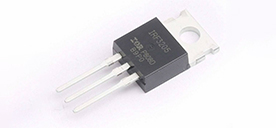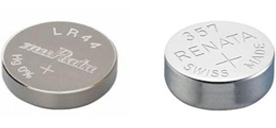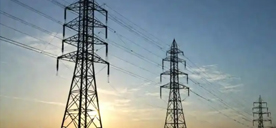How Off-Chip Capacitance Affects Power Transistor Selection in LDOs
2024/4/30 15:47:35
Views:
In the field of power management, low-dropout linear regulators (LDO) are widely used due to their simple structure, good stability, and low noise. As the requirements for power supply performance of electronic equipment continue to increase, LDO design of external capacitor devices has gradually become a research hotspot. As the core component of LDO, the design of power transistor is particularly critical. This article will discuss the design principles, size selection and optimization strategies of power transistors in LDOs with external capacitors in practice.
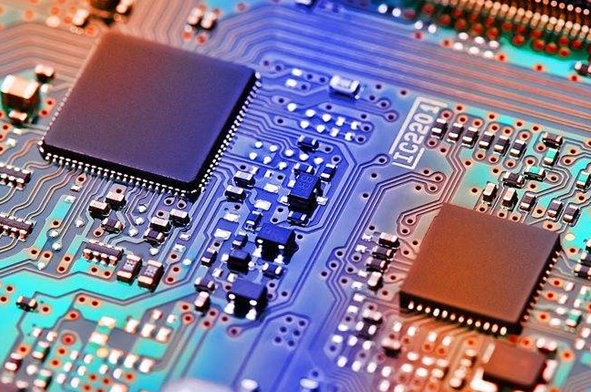 Basic principles and structure of LDO with off-chip capacitor:
Basic principles and structure of LDO with off-chip capacitor:
The core function of LDO is to convert unstable input voltage into stable output voltage. Its core components include error amplifier, power transistor and feedback circuit. The error amplifier is responsible for detecting the difference between the output voltage and the reference voltage and generating a corresponding control signal; the power transistor adjusts the impedance according to the control signal to maintain the stability of the output voltage; the feedback circuit feeds the output voltage back to the error amplifier to form a closed-loop control.
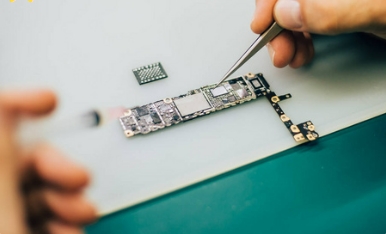 Design principles and size selection of power transistors:
Design principles and size selection of power transistors:
The design of power transistors is a key link in LDO design. Its design principles mainly include: meeting output voltage and current requirements, having sufficient thermal stability and reliability, and reducing power consumption and quiescent current as much as possible.
In terms of size selection, the size of the power transistor directly affects its impedance and current handling capabilities. Generally speaking, larger power transistors provide greater current handling capabilities, but also increase power dissipation and quiescent current. Therefore, trade-offs need to be made based on specific application scenarios.
The impact of off-chip capacitance on power transistor design:
The introduction of off-chip capacitance has a significant impact on power transistor design. First, off-chip capacitance can reduce the output impedance of the power transistor and improve the load regulation rate of the system. Secondly, the off-chip capacitor can absorb the noise and ripple generated by the power transistor during the switching process, improving the stability of the output voltage. In addition, off-chip capacitors can also form a parallel control loop with error amplifiers, differentiators, etc. to improve the dynamic response speed of the system.
However, the introduction of off-chip capacitors will also bring some problems. For example, capacitor parasitic parameters (such as ESR, ESL) may cause system stability to decrease or oscillate. Therefore, the selection, layout, and connection of capacitors need to be carefully considered during the design process.
Optimization strategies for power transistors in practice:
In order to improve the LDO performance of the off-chip capacitor, the power transistor needs to be optimized. Here are some common optimization strategies:
Adopting advanced processes and materials: Using materials and processes with low impedance and high thermal stability can reduce the power consumption and temperature rise of power transistors and improve reliability and lifespan.
Optimize the layout and connection of power transistors: Proper layout and connection can reduce the parasitic resistance and inductance of power transistors, reducing losses and noise.
Introducing dynamic bias technology: By monitoring changes in output voltage and load current in real time and dynamically adjusting the bias voltage of the power transistor, more efficient energy conversion and lower power consumption can be achieved.
Adopt multi-stage control technology: The introduction of multi-stage control technology can achieve more precise voltage adjustment under different load conditions and improve the efficiency and stability of the system.
Conclusion and Outlook:
The design of power transistors in LDOs with external capacitors is a complex and critical issue. Through an in-depth understanding of the basic principles and structure of LDOs, as well as the design principles and size selection of power transistors, effective solutions can be provided for practical applications. At the same time, with the continuous development of new materials, new processes and new technologies, it is expected to achieve more efficient, stable and reliable LDO design of external capacitors. Looking to the future, with the widespread application of technologies such as the Internet of Things and artificial intelligence, the requirements for power supply performance of electronic equipment will further increase. Therefore, in-depth research on the design and application of power transistors in LDOs with external capacitors not only has important theoretical value, but also has broad application prospects. We look forward to more innovative designs and optimization strategies emerging in the future, injecting new vitality into the development of the power management field.

The core function of LDO is to convert unstable input voltage into stable output voltage. Its core components include error amplifier, power transistor and feedback circuit. The error amplifier is responsible for detecting the difference between the output voltage and the reference voltage and generating a corresponding control signal; the power transistor adjusts the impedance according to the control signal to maintain the stability of the output voltage; the feedback circuit feeds the output voltage back to the error amplifier to form a closed-loop control.

The design of power transistors is a key link in LDO design. Its design principles mainly include: meeting output voltage and current requirements, having sufficient thermal stability and reliability, and reducing power consumption and quiescent current as much as possible.
In terms of size selection, the size of the power transistor directly affects its impedance and current handling capabilities. Generally speaking, larger power transistors provide greater current handling capabilities, but also increase power dissipation and quiescent current. Therefore, trade-offs need to be made based on specific application scenarios.
The impact of off-chip capacitance on power transistor design:
The introduction of off-chip capacitance has a significant impact on power transistor design. First, off-chip capacitance can reduce the output impedance of the power transistor and improve the load regulation rate of the system. Secondly, the off-chip capacitor can absorb the noise and ripple generated by the power transistor during the switching process, improving the stability of the output voltage. In addition, off-chip capacitors can also form a parallel control loop with error amplifiers, differentiators, etc. to improve the dynamic response speed of the system.
However, the introduction of off-chip capacitors will also bring some problems. For example, capacitor parasitic parameters (such as ESR, ESL) may cause system stability to decrease or oscillate. Therefore, the selection, layout, and connection of capacitors need to be carefully considered during the design process.
Optimization strategies for power transistors in practice:
In order to improve the LDO performance of the off-chip capacitor, the power transistor needs to be optimized. Here are some common optimization strategies:
Adopting advanced processes and materials: Using materials and processes with low impedance and high thermal stability can reduce the power consumption and temperature rise of power transistors and improve reliability and lifespan.
Optimize the layout and connection of power transistors: Proper layout and connection can reduce the parasitic resistance and inductance of power transistors, reducing losses and noise.
Introducing dynamic bias technology: By monitoring changes in output voltage and load current in real time and dynamically adjusting the bias voltage of the power transistor, more efficient energy conversion and lower power consumption can be achieved.
Adopt multi-stage control technology: The introduction of multi-stage control technology can achieve more precise voltage adjustment under different load conditions and improve the efficiency and stability of the system.
Conclusion and Outlook:
The design of power transistors in LDOs with external capacitors is a complex and critical issue. Through an in-depth understanding of the basic principles and structure of LDOs, as well as the design principles and size selection of power transistors, effective solutions can be provided for practical applications. At the same time, with the continuous development of new materials, new processes and new technologies, it is expected to achieve more efficient, stable and reliable LDO design of external capacitors. Looking to the future, with the widespread application of technologies such as the Internet of Things and artificial intelligence, the requirements for power supply performance of electronic equipment will further increase. Therefore, in-depth research on the design and application of power transistors in LDOs with external capacitors not only has important theoretical value, but also has broad application prospects. We look forward to more innovative designs and optimization strategies emerging in the future, injecting new vitality into the development of the power management field.
Related Information
-
-
Phone
+86 135 3401 3447 -
Whatsapp

